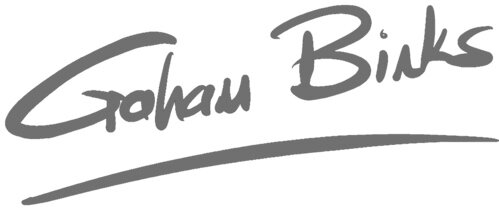How CEOs and Innovators make better decisions together
/Your CEO needs simple answers to pressing questions, de-risked decisions, and prudent investments. As an innovator, you want to push the boundaries, offer up ways to move the needle on your business, and make decisions easy.
That’s a tough gap to bridge. As someone who’s filled both of these roles, allow me to offer two useful tools to help innovators and CEOs collaborate effectively.
First we plan, then we act. In an increasingly uncertain world, this cycle has to speed up. We need creative planning that shows not one, but several possible paths forward, then deliberate action that is responsive to the conditions we discover.
Combining Scenario Planning and Agile action provides a one-two punch to proceed with measured risk, proactive learning, and responsive adjustments.
Crystalize your range of possible futures
There can only be one top priority. The purpose of planning is simple—it informs our focus on the right thing. Should we prioritize reducing expenses or launching new revenue streams? Operational efficiency or customer intimacy? Online marketing events or SEO?
Scenario planning offers a simple approach for understanding the range of possible outcomes, the factors that will dictate the near (or long) term, and the weak signals that indicate a shift in fortunes. Begin by picking an initiative—product launch, organizational change, challenging project—any initiative with a degree of uncertainty. Next, list the 4-8 swing factors that most influence your fortunes during that timeframe.
Swing Factor
Technical risk
Market risk
Economic risk
Now think through four scenarios for each factor. We’ll call them Best, Good, Tough and Worst.
Swing Factor Best Good Tough Worst
Technical risk
Market risk
Economic risk
For each factor, fill out the columns. For instance, the best case for technical risk might be that you have a proven solution; tough case is solution unknown. Economic worst case could be Depression, Good would be a robust economy.
When you’re done, you can step back to assess the most likely scenario. Then proceed accordingly. But keep an eye on the weak signals in your environment—if the economic outlook changes, or your market experiments suggest weaker prospects than anticipated, you may need to re-assess the most likely scenario and change accordingly.
Can you see how scenario planning could reveal unforeseen opportunities, challenges and threats?
Agility begins with the first step
Having theorized your most likely scenario, you need a model for action that affords you the freedom to test that theory. We test theories through experimentation. Build something and see how your stakeholders respond.
We’re all familiar with agile in some form—hundreds of books and thousands of blogs have been written on the topic. The irony is that agile comes more naturally than the alternative—we are natural experimenters. But somehow, management practice became locked in a process of “executing on the plan come what may”.
It all boils down to a simple principle—do what you know how to do, and experiment with the uncertain.
Whether you’re trying to invent like Edison and Dyson, or you’re testing market appetite for the next big thing, the next step will be a success if you achieve your goal—making or learning something better. Do this enough times and you’ll achieve what you set out to achieve—or shelve your plans and move on to something more promising. Either is success.
Use agility to push the boundaries, respond quickly to the lessons learned, and inform your big picture scenario plan. Together, these techniques provide a virtuous cycle.
What’s your challenge?
When you’re driving on sunny day, the road ahead is clear. But when the fog falls, you slow down, keep your eyes on the changing conditions, and proceed with caution.
Ambitious innovators face an uncertain future—and that’s how we like it. Together, CEOs and innovators can adapt to change, take risks and benefit from chaos with these tools.
What’s your challenge?
Catalyzing your future
Join me and a host of great thinkers on September 30th for Catalyzing the Future for a great morning, afternoon or evening with leading thinkers on Business Foresight and Agility, Resilience and Anti-fragility. And check here for an exciting series of micro-workshops to help you apply these techniques to your initiatives. I'm running Transforming Your Outcomes by Reducing Unknowns and the popular Making ideas happen Workshop Series.
Trusting Technology is a book about forming ideas, exploring opportunities with customers and colleagues, and building your future together. Order you copy here.

